Making a product requires a lot of investment. You invest money, effort, long hours, and whatnot without knowing whether that will be worthwhile.
But is it really necessary to do it this way? Why risk it all when there's a relatively easy way to do it?
If you have a winning product idea or want to learn about developing a product correctly, you need to learn about the minimum viable product.
So, in this blog, we will tell you everything you should know about minimum viable product (MVP).
Let's get started!
What Is Minimum Viable Product (MVP)?
A minimum viable product (MVP) is a basic version of a product or service developed with a minimum set of features and functionality required to satisfy early customers and gather feedback for future development.
The goal of an MVP is to quickly and cost-effectively validate the assumptions and hypothesis underlying the product idea and to minimize the risk of investing a lot of time and resources into a product that may not be successful.
An MVP typically includes only the essential features and functionality to demonstrate the product's core value proposition and test the market's demand and user behavior.
The MVP can be further developed and expanded based on the feedback and data gathered from the early adopters and can ultimately lead to a more complete and successful product.
The MVP concept emphasizes rapid experimentation, continuous iteration, and customer-centric design.
The concept has been widely adopted in software development but can also be applied to other fields, such as hardware, manufacturing, and service industries.
What Is NOT MVP?
To understand what an MVP is, it is also helpful to understand what it is NOT. So, here are a few things that are not MVPs:
- Fully-Featured Product: An MVP should only include the core features and functions required to demonstrate the value proposition and test the market, not the product with complete or maximum features.
- Prototype: A prototype is usually a preliminary version of a product built to test the idea's feasibility. It may not have all the features or functionality of a final product, but it is often more refined than an MVP.
- Beta Version: A beta version is a complete version of a product released to a limited number of users for testing and feedback. It may have more features and functionality than an MVP and is closer to a final product.
- Proof Of Concept: A proof of concept is a small-scale version of a product or service built to demonstrate the idea's feasibility. It is not meant to be a market-ready product.
- Market-Ready Product: A market-ready product is a fully-featured and polished version of a product that is ready for launch in the market. It has been tested and refined based on user feedback and is not an MVP.
Why Build MVP?
Building an MVP offers several benefits that can help startups and businesses minimize risk, optimize resources, and maximize chances of success. So, here are some reasons why building an MVP can be beneficial for you:
- Validate Assumptions: By building an MVP, you can quickly test your assumptions and hypotheses about your product or service in the market. It can help you determine if there is a real demand for your product and if you are solving a problem that customers are willing to pay for.
- Minimize Risk: An MVP allows you to test your product idea with minimal time, money, and resource investment. It can help you minimize risk and avoid investing in a product that may not be successful.
- Get Early Feedback: An MVP allows you to get early feedback from your target customers, which can help you identify any issues or areas for improvement in your product. This feedback can help you refine and improve your product in the early stages, saving you time and resources in the long run.
- Optimize Development: By building an MVP, you can prioritize the essential features and functions of your product and avoid investing time and resources into features that may not be necessary. It can help you optimize your development process and focus on what matters most to your customers.
- Attract Investors: Building an MVP can help you demonstrate the potential of your product to potential investors, who are more likely to invest in a product that has already been validated in the market and has a proven demand.
When Does MVP Come Into the Picture?
MVP typically comes into the picture during the early stages of product development, after you have identified a problem or opportunity and have a basic idea for a solution.
At this stage, you may have some assumptions and hypotheses about what your customers need and want, but you don't have a fully developed product yet.
An MVP aims to quickly test your product idea and validate your assumptions with minimal investment. You can use the feedback and data from early adopters to refine and improve your product and make informed decisions about what features and functionality to prioritize for the full product launch.
By following the MVP approach, you can avoid wasting time and resources on features that customers don't need or want and instead focus on what provides the most value and solves the most critical problems.
By testing your product ideas with real customers, you can increase the chances of success and build products that truly solve customer problems and create value.
What Are The Characteristics Of A Good MVP?
A good MVP (Minimum Viable Product) should have the following characteristics:
- Solves Real Problems: The MVP should solve a real customer problem and provide a better solution than existing alternatives. It ensures that there is a real demand for the product and that customers will be willing to pay for it.
- Clear Value Proposition: The MVP should have a clear value proposition that explains what problem it solves, who it is for, and why it is better than existing alternatives. It ensures customers understand the product's benefits and are likelier to try it.
- Includes Only Essential Features: The MVP should include only the essential features and functionality necessary to demonstrate the product's core value proposition. It ensures that development resources are focused on the most critical aspects of the product and that unnecessary features are avoided.
- Easy To Use: The MVP should be easy to use and intuitive, even for non-technical users. It ensures that customers can quickly understand how to use and get value from the product.
- Good User Experience: The MVP should provide an enjoyable and engaging user experience. It ensures customers are likelier to use the product regularly and recommend it to others.
- Quickly Developed: The MVP should be able to be quickly developed and launched in the market. It ensures that development costs and time are minimal and the product can be tested and validated as soon as possible.
- Provides Actionable Feedback: The MVP should provide actionable feedback from early adopters that can be used to refine and improve the product. It ensures that development efforts focus on the most critical areas and that the final product is optimized for customer needs and preferences.
What Are Various Types Of MVPs?
MVPs (minimum viable products) are of various types, but while one type of MVP may be useful for a company, it may not be for the other.
Thus, to decide what type of MVP will be the most suitable for your business, you need to understand the business model and define your requirements.
For that, let's look at the most common and major types of MVPs.
Concierge MVP
A Concierge MVP is a type of Minimum Viable Product where a business manually provides the service or solution that the product aims to offer.
Essentially, a Concierge MVP provides a personal, high-touch service to a small group of customers instead of using technology to automate the service.
A Concierge MVP aims to test a business idea or service concept with real customers in a low-cost and low-risk way.
By offering the service manually, the business can quickly validate the product-market fit and gather valuable feedback to refine the product or service before scaling it up.
Here are some examples of Concierge MVPs:
- Zappos
When Zappos launched in 1999, the company didn't have a full inventory of shoes. Instead, the founder would go to local shoe stores to purchase shoes that customers ordered online.
It allowed Zappos to validate the market for online shoe shopping and gather feedback from early adopters. - TaskRabbit
When TaskRabbit launched in 2008, the founder would personally perform tasks such as grocery shopping and assembling furniture for the first customers.
It allowed the company to validate the market for online task outsourcing and refine its service before scaling it up. - Rent the Runway
When Rent the Runway launched in 2009, the founders personally curated the inventory of dresses and rented them out to customers.
It allowed the company to test the concept of renting designer dresses and gather feedback from early adopters.

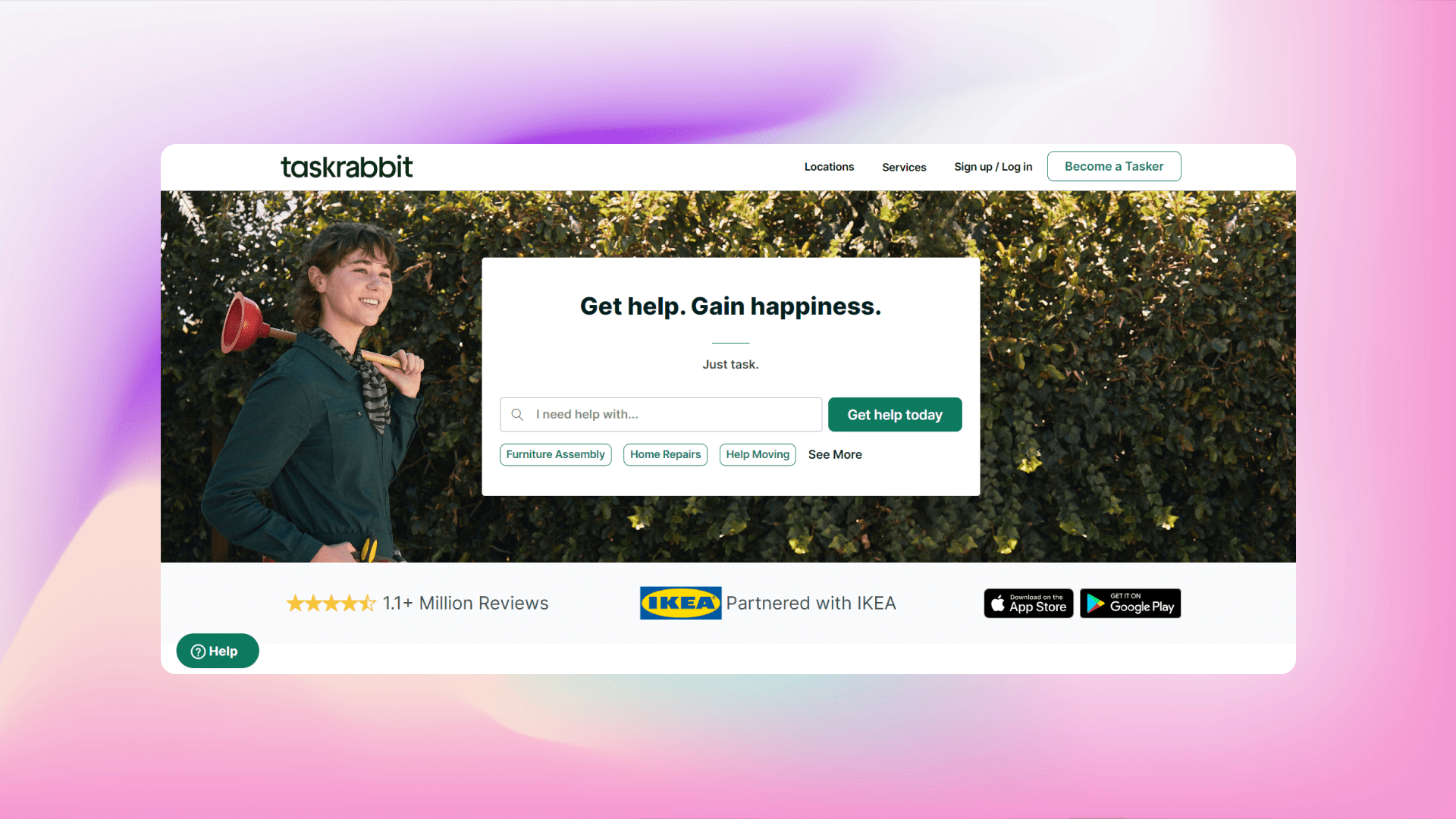
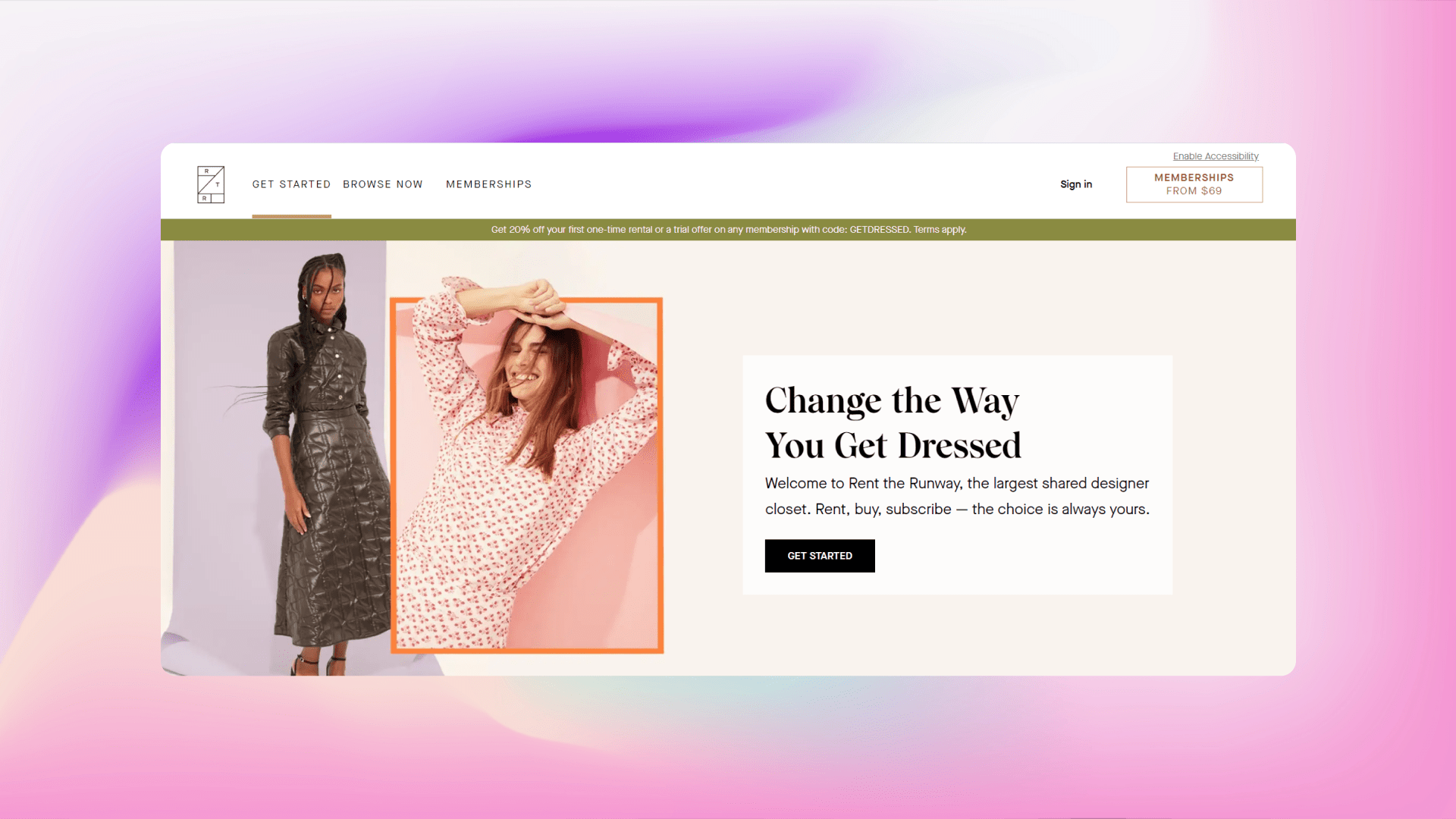
In each of these examples, the company manually provided the service that the product aims to offer, allowing them to validate the market and gather feedback in a low-cost and low-risk way.
Once the product-market fit was validated and the business model was refined, they could scale up and automate the service using technology.
Piecemeal MVP
A Piecemeal MVP is a type of Minimum Viable Product where a business creates a small part of the overall product or service that they want to build and tests that small part with customers to validate the product-market fit.
Here are some examples of Piecemeal MVPs:
- Dropbox
When Dropbox launched in 2008, the company created a video demonstrating the product's core value proposition – syncing files between devices. Then, they shared the video on tech forums and asked users to sign up for early access.
By doing this, Dropbox validated the product-market fit for syncing files between devices without building the full product. - Airbnb
When Airbnb launched in 2007, the company initially created a simple website that allowed users to search for and book rooms in the founders' apartments. They then created a simple air mattress for guests to sleep on.
By doing this, Airbnb validated the product-market fit for a home-sharing platform without building the full platform or investing in real estate. - Instagram
When Instagram launched in 2010, the company initially created a simple app that allowed users to take and share photos. They then added filters to make the photos look better.
By doing this, Instagram validated the product-market fit for a photo-sharing app without building the full app with all the features.

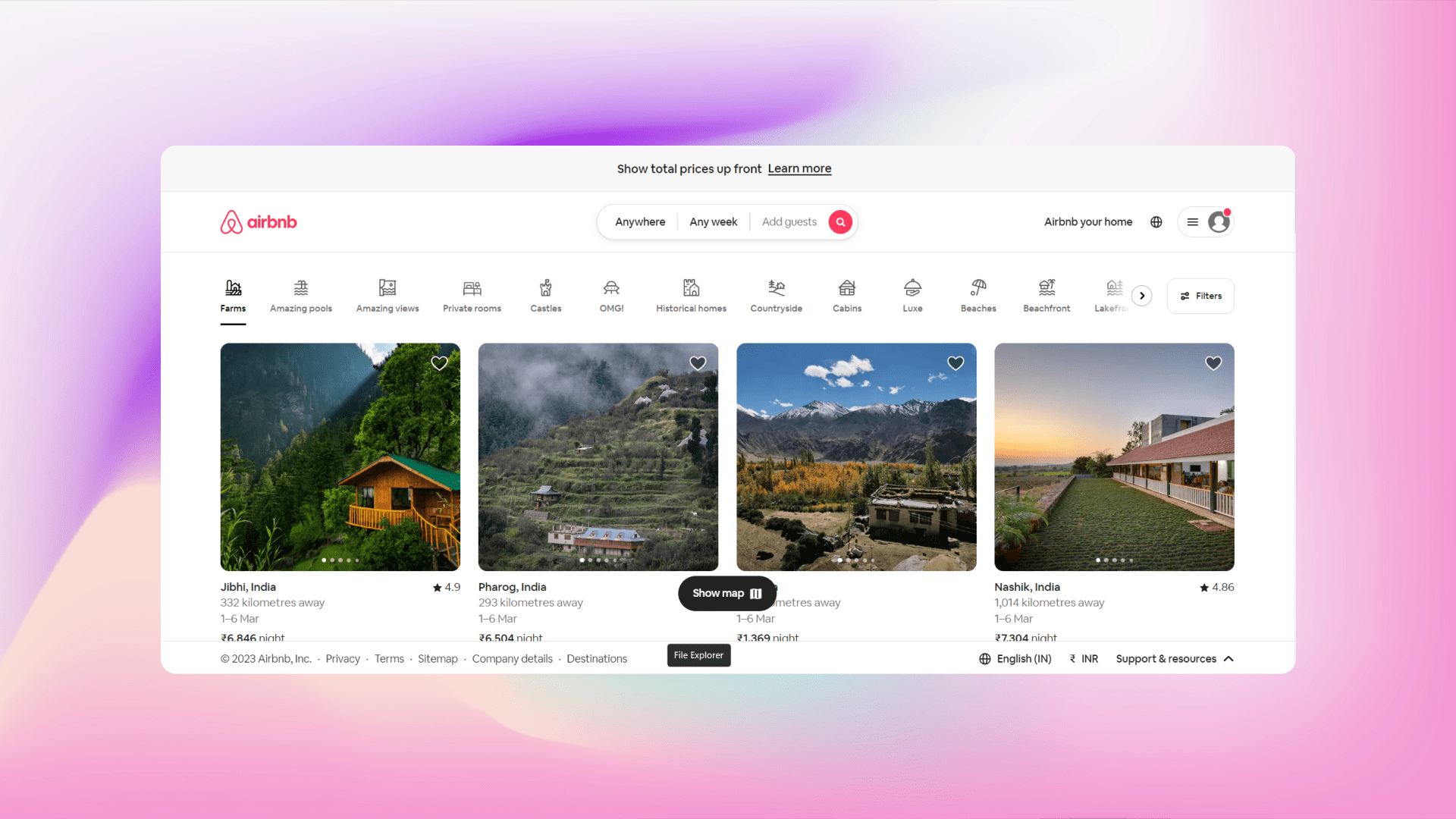

In each of these examples, the company created a small part of the overall product or service and tested it with customers to validate the product-market fit.
By doing so, they were able to avoid investing in the full product or service before knowing if there was a market for it.
Once they validated the product-market fit, they could build the full product or service and scale it up.
Single-Feature MVP
A Single-Feature MVP is a type of Minimum Viable Product where a business creates a product or service with just one key feature or function and tests that feature with customers to validate the product-market fit.
Here are some examples of Single-Feature MVPs:
- Twitter
When Twitter launched in 2006, the company created a simple product with just one feature – users could post short messages (tweets) of up to 140 characters.
By doing this, Twitter validated the product-market fit for a microblogging platform without having to build all the features it has today. - Foursquare
When Foursquare launched in 2009, the company created a simple app that allowed users to "check-in" at locations and earn points and badges.
By doing this, Foursquare validated the product-market fit for a social location-based platform without having to build all the features it has today.
- Uber
When Uber launched in 2010, the company created a simple app that allowed users to request a ride from a nearby driver.
By doing this, Uber validated the product-market fit for an on-demand ride-sharing platform without having to build all the features it has today.

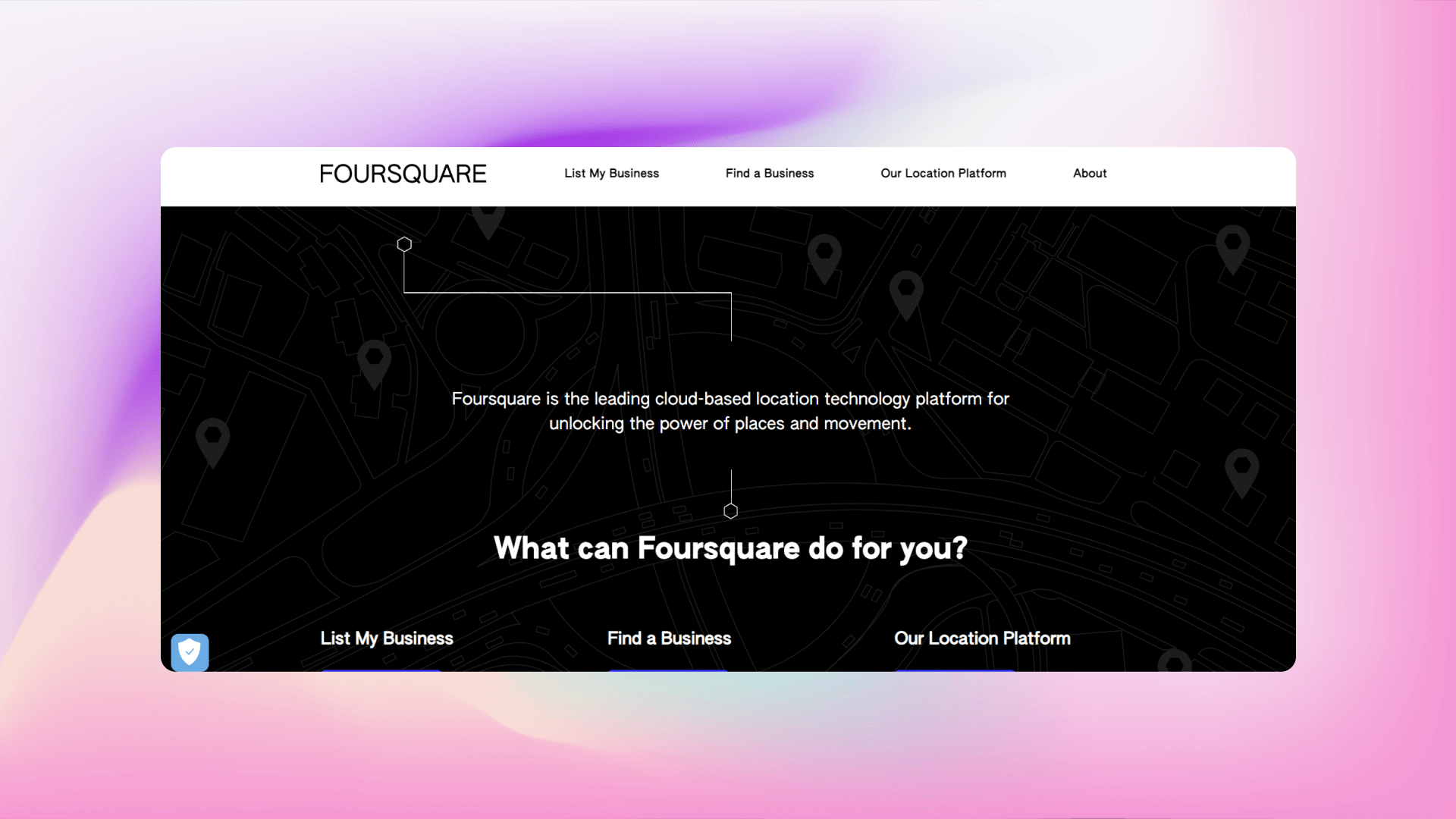

In each of these examples, the company created a product or service with just one key feature or function and tested that feature with customers to validate the product-market fit.
By doing so, they were able to avoid investing in all the features before knowing if there was a market for the product or service.
Once they validated the product-market fit, they could build out additional features and scale the product or service.
Landing Page MVP
A landing page MVP is a type of Minimum Viable Product where a business creates a landing page with a clear value proposition and a call to action. It drives traffic to that landing page to test the market demand for their product or service.
Here are some examples of Landing Page MVPs:
- Dollar Shave Club
Before building the full subscription-based razor service, Dollar Shave Club created a landing page with a video demonstrating the service's value proposition – getting high-quality razors delivered to your doorstep for a low price. They then shared the landing page on social media and asked users to sign up for the service.
By doing this, Dollar Shave Club validated the product-market fit for a subscription-based razor service without building the full service. - Buffer
Before building the full social media management tool, Buffer created a landing page explaining the product's core value proposition – scheduling and automating social media posts. They then drove traffic to the landing page through targeted advertising and asked users to sign up for early access.
By doing this, Buffer validated the product-market fit for a social media management tool without building the full product.
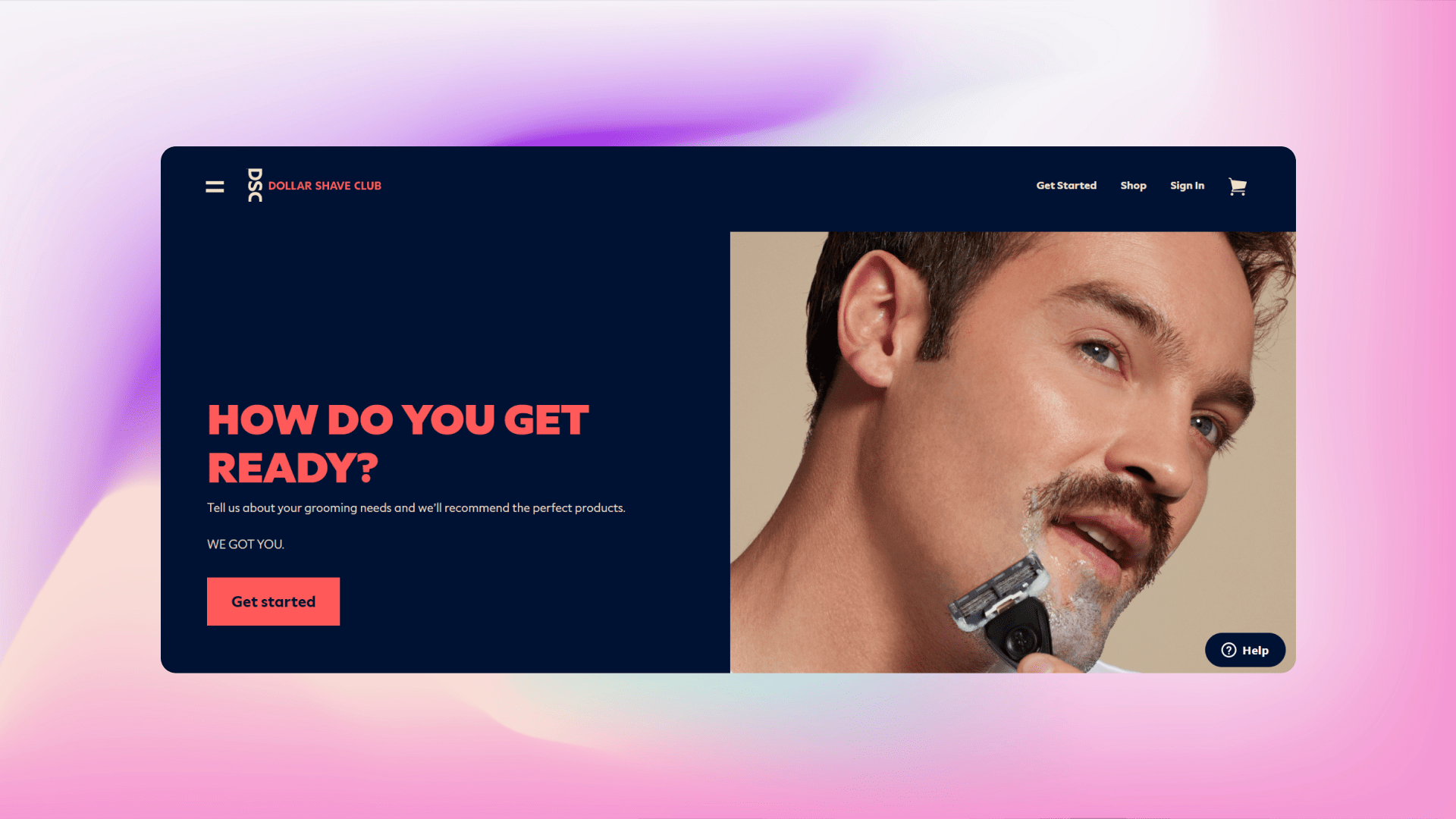

In each of these examples, the company created a landing page with a clear value proposition and a call to action and drove traffic to the landing page to test the market demand for their product or service.
By doing so, they validated the product-market fit before investing in building the full product or service.
Once they validated the product-market fit, they could build the full product or service and scale it up.
Email MVP
An Email MVP is a type of Minimum Viable Product where a business uses email to test the market demand for their product or service. The business sends targeted email messages to potential customers, asking for their feedback or offering them an opportunity to sign up for a limited version of the product or service.
Here are some examples of Email MVPs:
- Groupon
Before building the full group-buying platform, Groupon created an email MVP where they sent daily emails to a group of early subscribers, offering them a daily deal.
By doing this, Groupon validated the product-market fit for a group-buying platform and built a community of early adopters before investing in the full platform. - Intercom
Before building the full customer messaging platform, Intercom created an email MVP, sending targeted emails to potential customers asking for feedback on a product they were developing.
By doing this, Intercom validated the product-market fit for a customer messaging platform and built a community of early adopters before investing in the full platform.
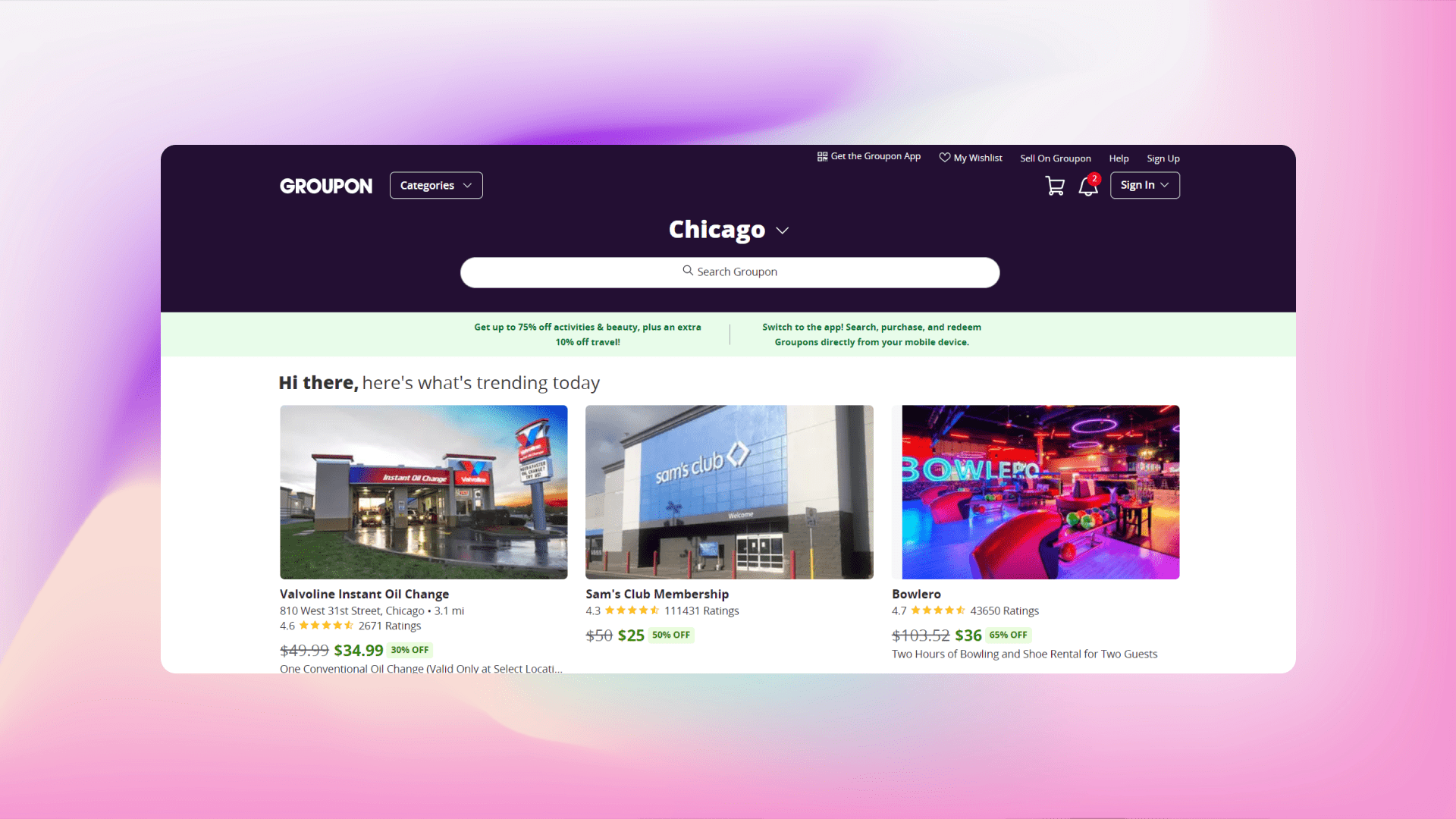
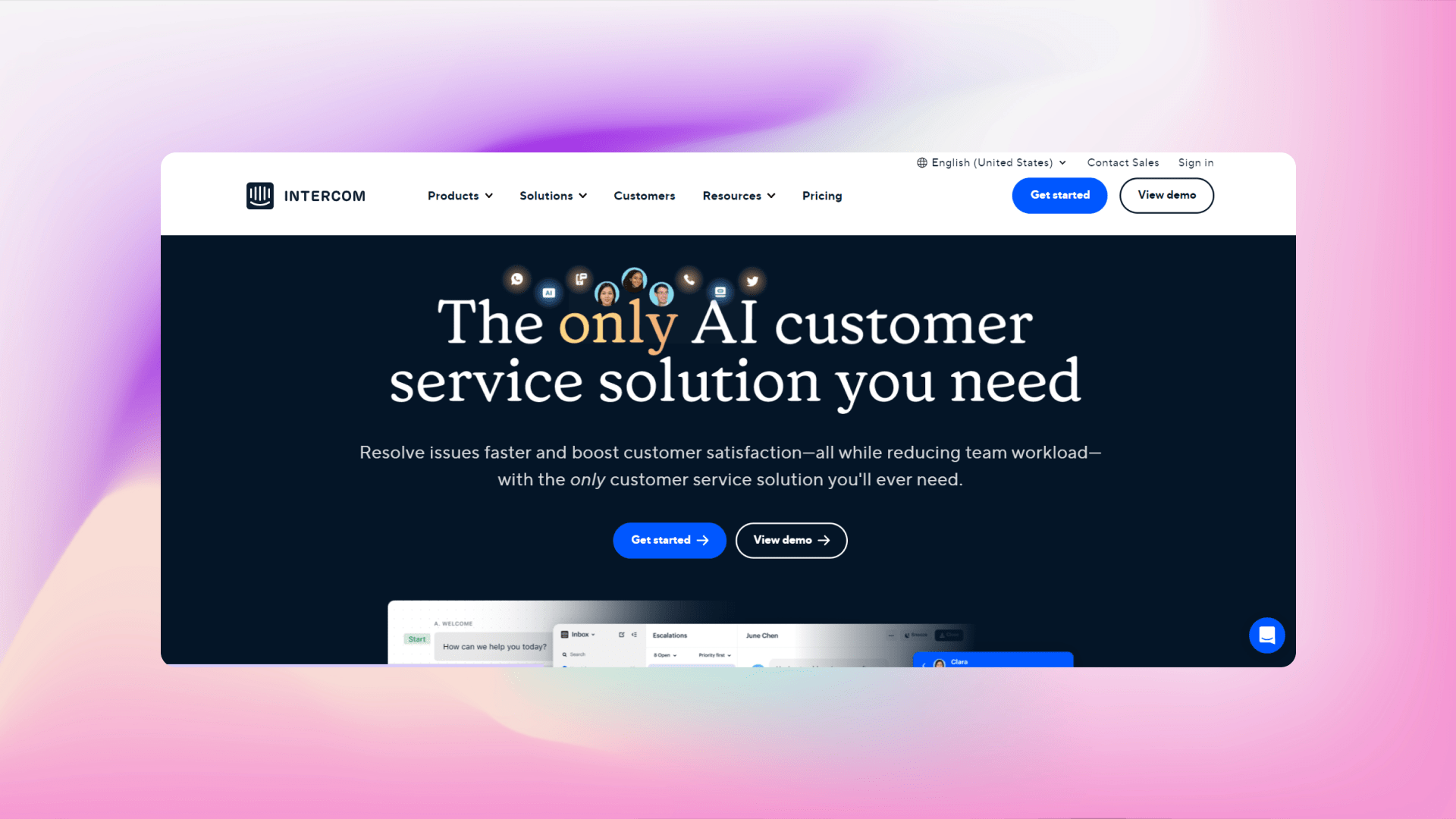
In each example, the company used email to test the market demand for their product or service.
By sending targeted emails to potential customers and asking for their feedback or offering them a limited version of the product or service, they could validate the product-market fit before investing in building the full product or service.
What Are The Major Misconceptions About MVP?
People have a lot of misconceptions about MVPs that lead to major blunders. So, here are some of the major misconceptions that will prevent such mistakes.
- It is a prototype or a beta version: While an MVP is often an early product version, it is not the same as a prototype or a beta version. An MVP is a product with core features that can be released to early adopters to test and validate the market demand for the product.
- It has limited functionality: While an MVP may have limited functionality compared to a fully developed product, it is not the same as a product with limited features. An MVP should have core features that provide enough value to early adopters to validate the product-market fit and provide a foundation for further development.
- It is a one-time event: MVP is not a one-time event but an ongoing process. The feedback and data gathered from the MVP should be used to iterate and improve the product, and the MVP may need to be revisited or updated as the product evolves.
- It is only for startups: While MVPs are often associated with startups, they can be used by any organization developing a new product or service. Even established companies can use MVPs to test new products or features before investing in full-scale development.
By understanding these misconceptions, businesses can avoid the pitfalls and maximize their MVP development and use.
What Are The Steps To Build MVP?
Till here, you know a lot about MVP. Now it's time to learn how to build MVP. Here, we'll discuss all the steps you need to follow to build an effective and useful MVP.
1. Identify Market Problem/Need
The first and most critical step in building an MVP is identifying the market problem or need. Here are some of the ways that can help you identify the problem or need:
- Conduct Market Research: Research to identify the needs, pain points, and gaps in the market that your product could address. You can use various tools, such as online surveys, social media platforms, and user interviews, to gain insights into the needs of your target audience.
- Analyze Competitors: Analyze your competitors to determine how they address the same market problem or need and identify gaps in their offerings. It's important to understand the strengths and weaknesses of your competitors to position your product effectively.
- Seek Feedback: Seek feedback from potential customers and stakeholders to identify their needs and pain points. This feedback will provide valuable insights into the market problem or need and help you identify the minimum set of features that will solve their problems.
- Look For Trends: Look for industry trends and emerging technologies that may impact the market problem or need. This will help you stay ahead of the curve and position your product effectively.
2. Define Your Value Proposition
The next step in building an MVP is defining your value proposition. Your value proposition should clearly articulate the unique benefit that your product provides to users. Here's how you can define your value proposition:
- Define Target Market: You need to know exactly who your target market is, their needs, and their problems. It will help you define your value proposition and ensure it resonates with your target audience.
- Identify Key Benefits Of Your Product: Identify your product's key benefits that differentiate you from the market. This could be anything from cost savings, increased productivity, better performance, or improved customer experience.
- Determine Your USP (Unique Selling Proposition): Your USP is the factor that sets your product apart from the competition.
- Create Positioning Statement: Your positioning statement concisely summarizes your value proposition and communicates your product's key benefits and USP to users. It should be clear, concise, and easy to understand.
- Test And Refine Your Value Proposition: Once you have defined it, you must test and refine it to ensure it resonates with your target audience. You can do this by conducting customer surveys, analyzing user feedback, and adjusting your value proposition based on the feedback you receive.
3. Specify Your MVP Feature Set
Once you have identified the market problem or need and defined your value proposition, the next step is to specify your MVP feature set. Here are some ways to help you specify your MVP feature set:
- Determine Minimum Features: Identify the required features to solve the market problem or need and provide value to early adopters. It should be a subset of the features you plan to offer in the final product.
- Prioritize Features: Prioritize the features based on their importance and impact on the user experience. It will help you determine which features to include in the MVP and which to mark for later.
- Define User Flows: Define the user flows, and the steps users will take to interact with your MVP. It will help you design a user experience that is intuitive and easy to use.
- Create User Stories: Create user stories that describe the user's goals, actions, and outcomes when using your MVP. It will help you understand the user's perspective and design a product that meets their needs.
- Validate Feature Set: Validate the feature set by testing it with potential customers and stakeholders. It will help you identify gaps or areas for improvement and ensure that the MVP provides value to early adopters.
4. Create Your MVP Prototype
Once you have specified the feature set for your MVP, the next step is to create a prototype.
A prototype is a simple, functional version of your MVP that can be used to test your assumptions, validate your value proposition, and gather feedback from early adopters.
Here are some ways to help you create your MVP prototype:
- Choose The Right Tool: There are many prototyping tools available, ranging from low-fidelity tools like paper and pencil to high-fidelity tools like Axure, Sketch, or Figma. Choose a tool that fits your needs and skill level.
- Create A Wireframe: A wireframe is a low-fidelity prototype showing your MVP's layout and basic functionality. It should be simple and easy to understand and focus on key user flows and features.
- Add Functionality: Once you have created your wireframe, add functionality to your prototype. Focus on the minimum set of features that you specified in the previous step, and create a functional prototype that early adopters can test.
5. Apply The Principles Of UX Design
Once you have created a functional prototype of your MVP, the next step is applying the User Experience (UX) design principles.
UX design is designing products that are easy to use, efficient, and enjoyable for the end user.
What To Do After Building MVP?
Now that you've built the MVP, it's time to see what you should do after building MVP.
1. Test The MVP With Customers
Once you have built your MVP, testing it with potential customers to gather feedback and validate your assumptions is important.
Here are some ways to help you test your MVP with customers:
- Identify Target Audience: Identify the target audience for your MVP. These are the people who are most likely to use your product and benefit from it.
- Define Testing Goals: Define the goals of your testing. What do you want to learn from your customers? What questions do you want to answer? What metrics do you want to track?
- Choose Testing Methods: Choose the testing methods best suited to your MVP and target audience. Some popular methods include surveys, user interviews, usability testing, and A/B testing.
- Recruit Participants: Recruit participants for your testing. You can use online tools, social media, or other channels to find participants who match your target audience.
- Conduct The Testing: Conduct the testing and gather feedback from your participants. Ask open-ended questions and listen carefully to their responses. Use the feedback to identify strengths and weaknesses in your MVP and make improvements.
- Iterate And Refine: Use the feedback from your testing to iterate on your MVP and refine your product. Make changes based on your feedback and test again with a new group of participants.
2. Iterate And Pivot To Improve Product-Market Fit
After collecting and analyzing the user feedback, the next step is to use it to improve your MVP. Here are two approaches you can use:
- Build-Measure-Learn
- Hypothesize-Design-Test-Learn
Build-Measure-Learn
This approach, popularized by the Lean Startup methodology, involves continuously creating a feedback loop to improve your MVP. It involves:
- Build: Create a new version of your MVP based on the feedback you received.
- Measure: Use analytics or other tools to track the new version's performance.
- Learn: Analyze the data to determine whether the new version is an improvement over the previous one.
By following this approach, you can continually refine and improve your MVP to meet the needs of your target market better.
Hypothesize-Design-Test-Learn
This approach involves creating a hypothesis about improving your MVP, designing an experiment to test the hypothesis, running the experiment, and then analyzing the results to learn from the experiment. It includes:
- Hypothesize: Formulate a hypothesis about what changes would improve your MVP based on the feedback you received.
- Design: Design an experiment to test the hypothesis. This could involve creating a new version of your MVP or running a survey or other form of user research.
- Test: Run the experiment and collect data on the results.
- Learn: Analyze the data to determine whether the experiment successfully improved the MVP.
Following these approaches, you can continually iterate and pivot to improve your MVP and achieve product-market fit.
What Mistakes To Avoid While Building MVP?
Building an MVP can be an effective way to test a product idea and validate market demand, but some common mistakes can undermine the effectiveness of an MVP. Here are some of the mistakes to avoid when building an MVP:
- Focusing On Too Many Features: An MVP should focus on the core features necessary to provide value to early adopters and validate the product-market fit. Trying to include too many features can make the MVP too complex, confusing, and expensive to build.
- Not Understanding The Target Market: It is important to understand the target market for the product and their needs and pain points. Building an MVP without a clear understanding of the target market can lead to a product that doesn't resonate with the audience and fails to gain traction.
- Ignoring User Feedback: An MVP is only useful if it is used to gather feedback and validate the product-market fit. Ignoring user feedback can result in a product that doesn't meet customer needs and fails to gain traction in the market.
- No Clear Goals And Metrics: It is important to set clear goals and metrics for the MVP to measure its success and make informed decisions about future development. Without clear goals and metrics, it can be difficult to determine the effectiveness of the MVP and make data-driven decisions.
- Overbuilding: While an MVP should provide value to early adopters, it should not be overbuilt with unnecessary features or functionality. Overbuilding the MVP can make it more expensive and time-consuming to build, making it harder to iterate and refine the product based on user feedback.
- Rushing To Launch: While it is important to move quickly to test and validate the product, rushing to launch the MVP can lead to a product that is not fully tested or validated. It is important to take the time to gather feedback and make informed decisions about the product's development.
By avoiding these common mistakes, businesses can build an effective MVP that validates the product-market fit and sets the stage for future product development.
Examples Of MVP: Case Study
Now let's have a look at some of the examples of MVP.
Notion
Notion is a productivity and note-taking tool initially released in June 2018. It helps in task management, project tracking, checking to-do lists, bookmarking, etc.
But the Notion team was working from even a lot earlier. Notion has shared demo videos (Notion Demo Circa 2013) on its YouTube channel that show the look of Notion at the initial stage.
The notion had bare minimum features at that point in time and let users style content, sync block, style overwrite, build software, scripting, and stripe block.
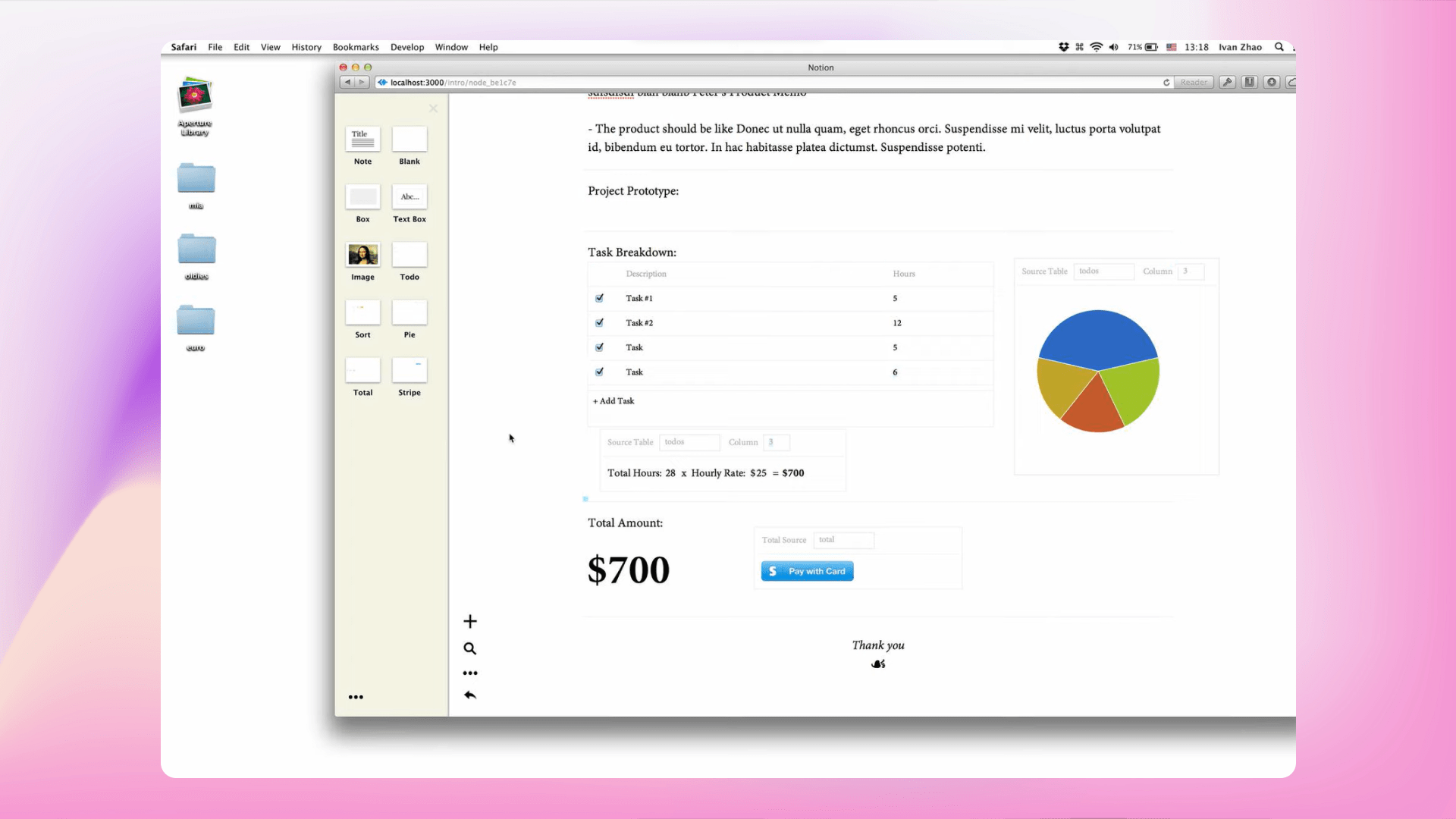
As of now, Notion has become an indispensable part of most companies and even individuals. People use Notion for notetaking and various other purposes as it's structured, user-friendly, and has many features.
Screen Studio
Screen Studio is a screen recording tool that helps you easily record your products' videos, such as promo and tutorial videos. It offers various features that help you smoothly record videos. It also lets you zoom in and out on your cursor, highlighting that part of the video.
The tool was launched in 2022 by Adam Pietrasiak via Twitter.
In the below-mentioned tweet, Adam announced working on a screen recording app.
Announcement time.
— Adam Pietrasiak (@pie6k) September 21, 2022
I'm working on a screen recording app that makes mouse movement butter smooth.
And way more, but this is the only one I can demo so far. pic.twitter.com/FxLHODH7FI
After that, Adam shared that he's finalizing the MVP scope features.
I'm slowly finalizing all the MVP scope features.
— Adam Pietrasiak (@pie6k) September 30, 2022
Added animation configuration options UI. You can customize the 'smoothness' of all the animations. pic.twitter.com/OabUWEtQSD
At last, Adam finally shared MVP of Screen Studio with his audience. The MVP had only limited features but showed how beneficial it can be for people who want to record product demo videos or any such videos quickly without any editing skills.
The app is almost ready. All MVP features are complete, checkout works.
— Adam Pietrasiak (@pie6k) October 27, 2022
I did test it on my wife's laptop and discovered some critical issues I need to fix. I also need auto-updater to work and integrate it all into the landing website. Few days more, I hope. pic.twitter.com/6r7ek0bBc4
Olvy
Olvy is a feedback management tool that was founded in 2020. Olvy's MVP was so simple that they tried to show their product idea with minimum features.
The founders of MVP believe in MDP, i.e., Minimum Delightful Product.
The initial version of Olvy has only two integrations – Chrome and Email, to help users collect feedback. They focused on showing the actual use case of their product.
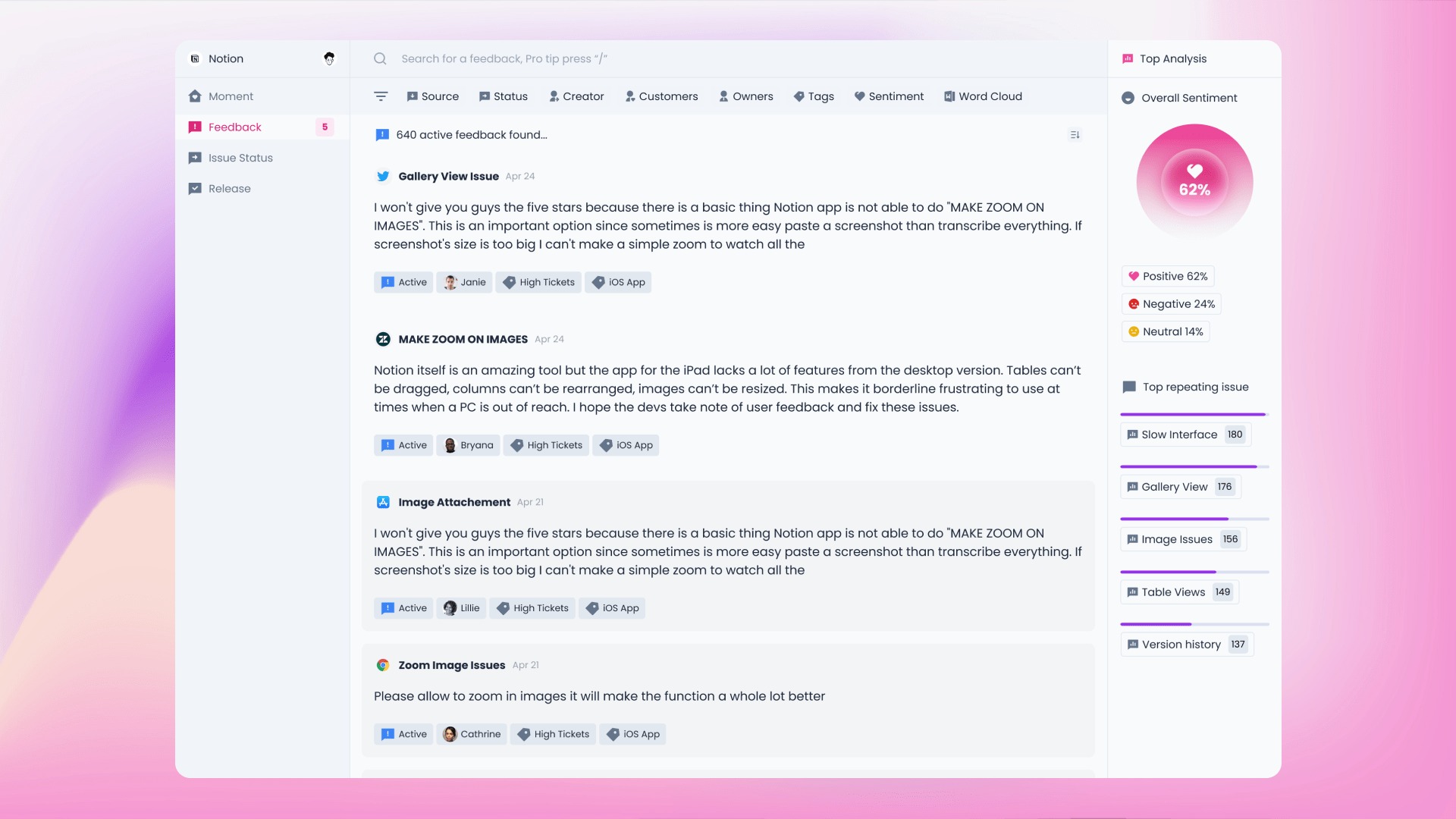
They allowed users to create issues out of those feedback within Olvy itself.
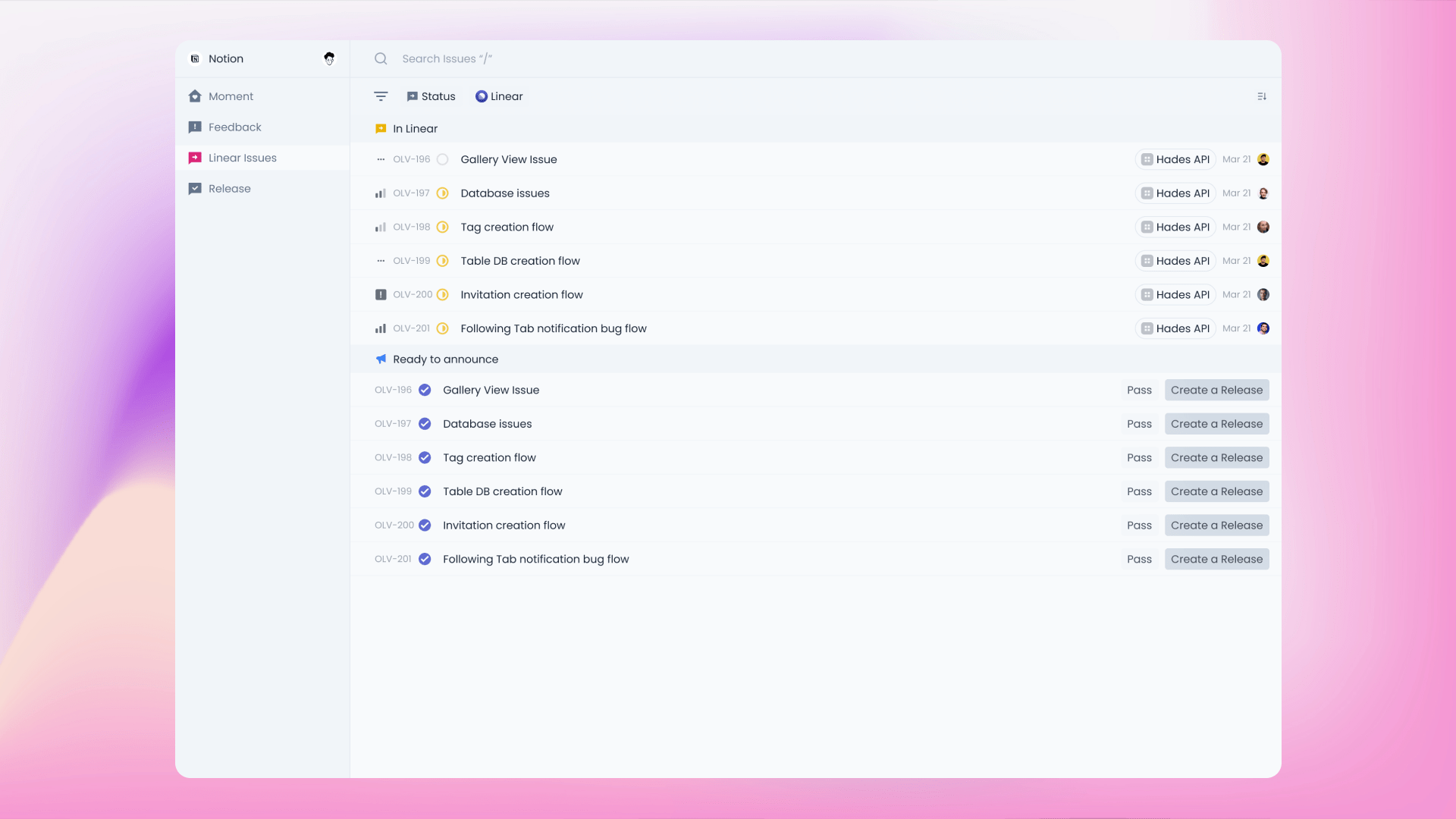
The third thing that they worked on was getting back to users. They allowed getting back to users via changelogs and direct 1:1 messages.
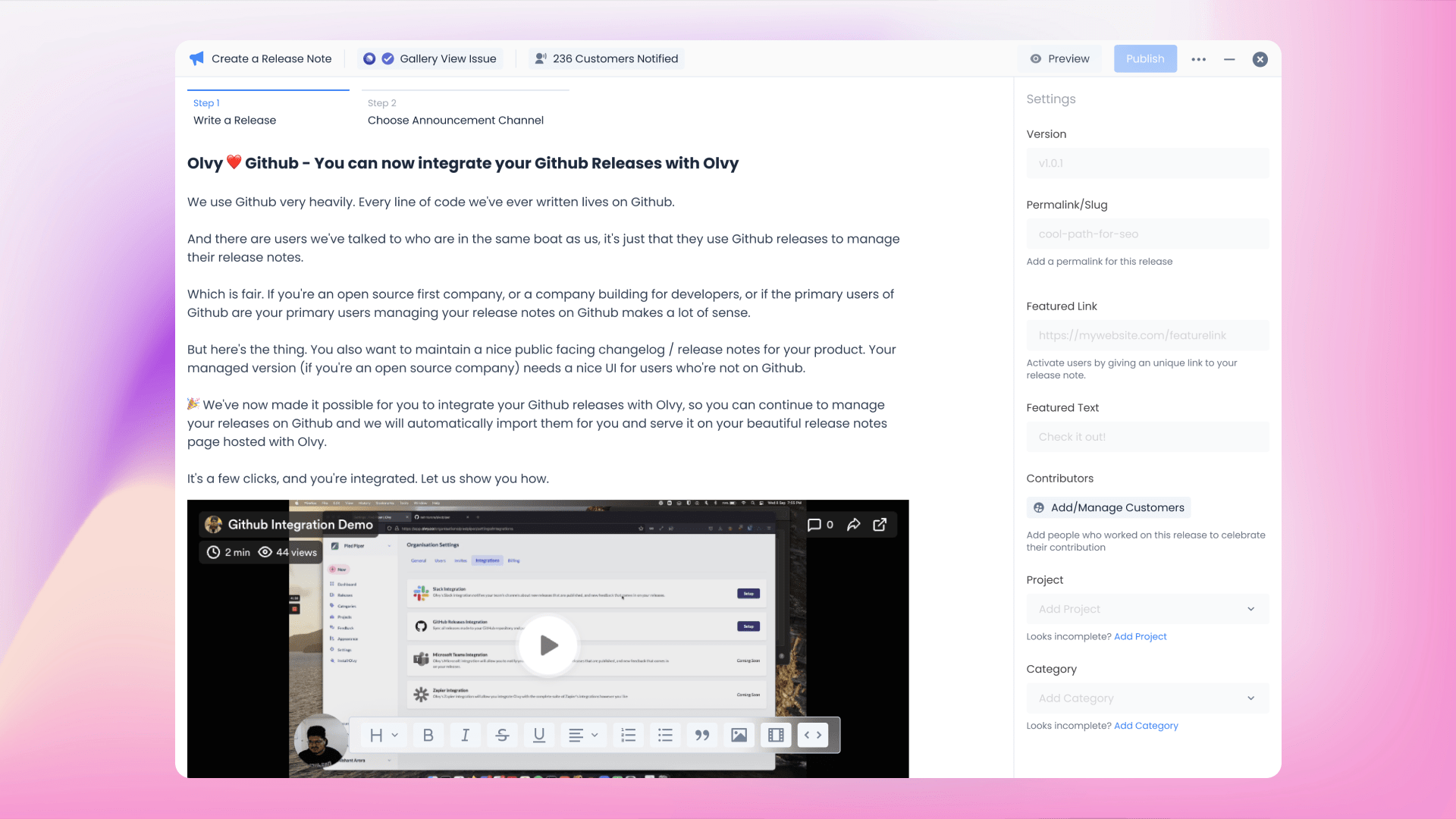
That's how they build their MVP with basic features. The basic features of Olvy were built within 2-3 months, and by then, they knew they were solving a real problem for many people.
Conclusion
An MVP is a powerful tool for startups and entrepreneurs looking to test and validate a product idea with minimal risk and investment. By focusing on the core features and functions that provide value to early adopters, businesses can reduce the risk of building a product that doesn't meet market demand.
Additionally, by gathering feedback from early adopters and iteratively refining the product, businesses can build a product that truly resonates with their target market. However, to be successful, it is important to avoid common mistakes such as overbuilding the MVP, ignoring user feedback, and rushing to launch.
An MVP is about creating an experience that delivers the most value with the least effort. By following best practices and staying focused on delivering value to the target market, you can use an MVP to reduce risks and build successful products that meet your customers' needs.


